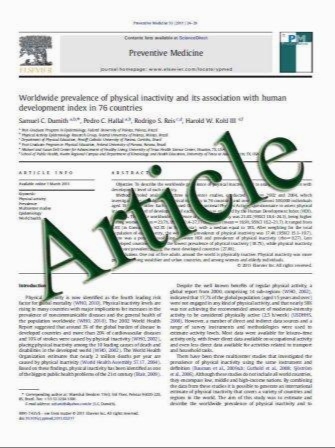HIV Management: New Approaches
- نوع فایل : کتاب
- زبان : انگلیسی
- مؤلف : Supriya S. Shidhaye*, Pagar Hemant, Haddadi Majid and Vilasrao Kadam
- چاپ و سال / کشور: 2007
Description
Development of resistance towards currently used anti-HIV drugs is an important determinant in the classical drug failure. Mutations located in the enzymes reverse transcriptase (RT) or protease are associated with resistance or reduced susceptibility to the nucleoside reverse transcriptase inhibitors (NRTIs), non-nucleoside reverse transcriptase inhibitors (NNRTIs), and protease inhibitors (PIs). Though all the classical nucleoside RTIs share a common mechanism of action in inhibiting the RT of HIV, their pharmacological and toxicological profiles differ dramatically. On the other hand, nonnucleosides RTIs share a number of common biochemical and pharmacological properties. HIV PIs are designed to mimic the transition state of hydrolysis at the active site; such compounds are called analogue inhibitors. This paper reviews the molecular mechanism of action of the reverse transcriptase and protease inhibitors, the resistance to existing drugs and the new drugs which shows better activity against resistant strains of HIV such as (i) nucleoside RTIs viz., Racivir, Alovudine, Reverset, Dioxolone guanosine (DXG), Dioxolone thymidine (DOT), AVX 754, Elvucitabine; (ii) non nucleoside RTIs viz., Nevirapine, Delavirdine, CP-94707, Dapivirine (TMC 120), Etavirine (TMC 125 ), Rilpivirine, 695634, Calanolide, M IV 170, M VO 26048, Efavirenz., TMC 278; (iii) PIs: 640385, Darunavir (TMC 114) and Tipranavir.
Current Drug Therapy, 2007, 2, 111-119


